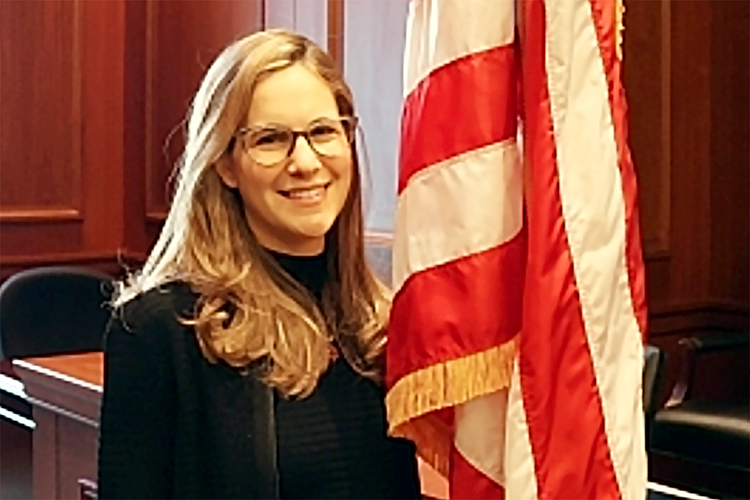Why Attorneys Need KeyCite for Legal Research
There is an old saying that goes “fool me once, shame on you. Fool me twice, shame on me.”
This adage is applicable to most situations in life, but it is particularly true when one goes before a court. It is never a good idea for an attorney to misrepresent facts or the state of the law to the ultimate arbiter of truth. Misrepresenting the state of the law, even if done unintentionally, can ruin a lawyer’s reputation in the legal community.
The best way for an attorney to ensure that they are relying on arguments that reflect the true nature of the law is to use KeyCite on Westlaw; the most accurate, up-to-the-minute citation service on the industry’s easiest, most intuitive legal research system. KeyCite combines Thomson Reuter’s 125-year tradition of editorial excellence with its leading-edge technological expertise to make verifying legal research easier and more efficient than ever. An attorney can use it to instantly verify whether a case, statute, regulation, or administrative decision is good law, or whether a patent or trademark is still valid, and to find citing references to support your legal argument. KeyCite provides easy to understand visual indications at the very top of a document that let practitioners see at a glance the status of a case, statute, regulation, administrative decision, patent or trademark.
A red flag warns that the case is no longer good law for at least one of the points of law it contains.
A yellow flag warns that the case has some negative story, but hasn’t been reversed.
KeyCite can also alert an attorney to other facts about an authority that will be helpful in analyzing a case. For example, if the attorney sees the symbol C next to a document they can immediately tell that the authority has citing references but no direct history or negative citing references, meaning they can cite the case with confidence. Similarly, if the attorney sees the symbol H they know that the case has history which may affect the way the law might be interpreted.
KeyCite information is available for every case in West’s National Reporter System; more than 1 million unpublished cases; federal statutes and regulations; statutes from all 50 states; administrative decisions from selected federal agencies; regulations and administrative decisions from selected states; patents issued by the U.S. Patent and Trademark Office; American Law Reports (ALR) annotations; articles from hundreds of law reviews; and thousands of briefs.
Read the full article to learn how KeyCite can help you stay up to date on cases that affect your practice.
About the Author
Nick Borger is a National Client Representative with Thomson Reuters. He regularly works with attorneys at many of the largest and most prestigious law firms in the country. Nick leverages his years of experience in practice to assist customers in finding the most efficient ways to conduct their research. Prior to joining the team, Nick was in private practice for 5 years, focusing mostly on commercial litigation.
BONUS: Check out these related articles for more insights from the experts:
• How to Prepare to Write a Legal Brief
• Don’t Reinvent the Wheel with Your Legal Research
A message from Thomson Reuters
Write a letter to the editor, share a story tip or update, or report an error.This content is advertising.



